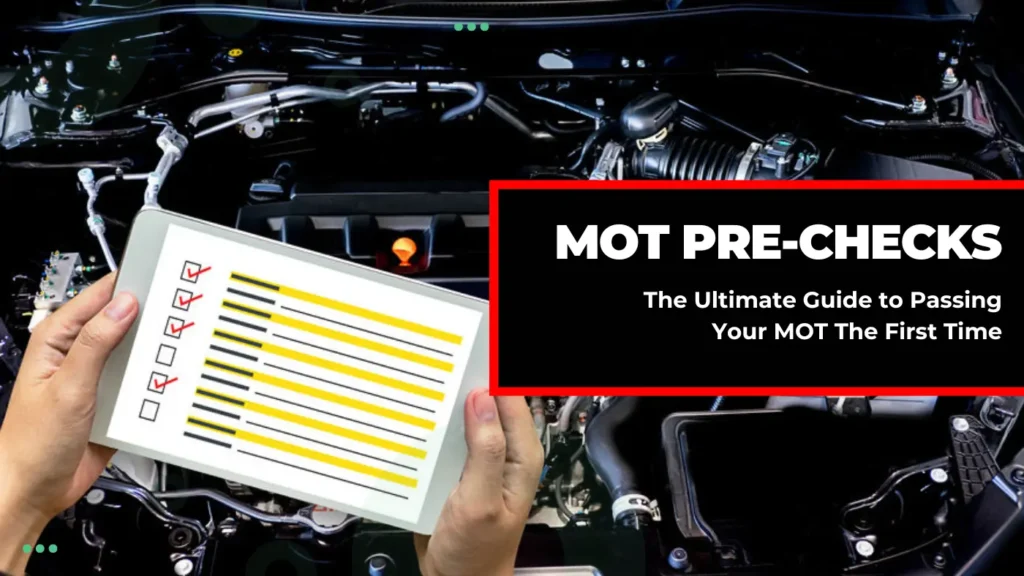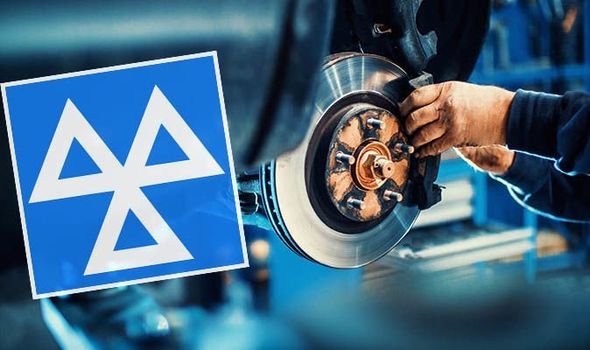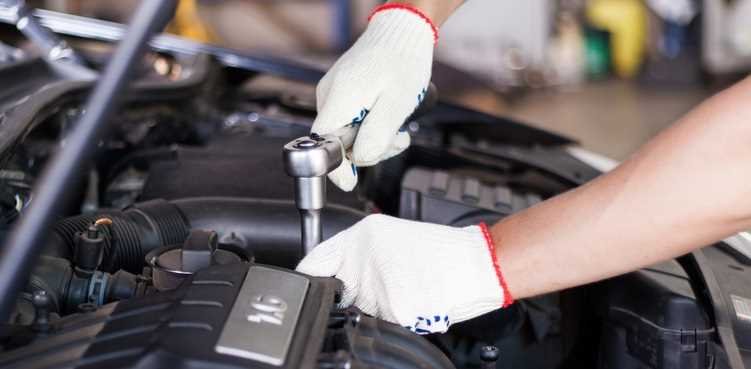Booking an MOT test can be stressful, especially if you’re worried about your car failing. The good news? With the right vehicle inspection guide, you can prepare your car and increase the chances of passing your MOT test the first time.
An MOT ensures your vehicle meets the UK’s road safety and environmental standards. While it’s a legal requirement, many MOT failures are due to simple issues that could have been fixed beforehand.
This guide will walk you through step-by-step checks, common reasons for failure, and expert tips so you’ll feel confident heading into your MOT test.
What is an MOT Test?
An MOT (Ministry of Transport) test is an annual vehicle inspection required by law for cars older than three years in the UK. It checks key safety and environmental standards.
What MOT Covers:
-
Brakes and suspension
-
Tyres and tread depth
-
Lights and indicators
-
Steering and suspension
-
Windscreen, mirrors, and wipers
-
Exhaust system and emissions
-
Seatbelts and safety features
👉 Without a valid MOT, you can face fines up to £1,000, invalid insurance, and even penalty points.
See the official UK Government MOT checklist.
Why Preparation Matters for MOT
Around 40% of cars fail their MOT test on the first attempt – but most failures are preventable with a quick inspection.
By following this vehicle inspection guide, you can:
-
Save money on repairs and retests
-
Avoid being stranded without a valid MOT
-
Ensure your car is safe for you and other road users
-
Boost fuel efficiency and performance
Pre-MOT Vehicle Inspection Guide
Here’s a checklist to follow before booking your MOT:
1. Check Tyres
-
Minimum tread depth: 1.6mm across the central ¾ of the tyre.
-
Check for bulges, cracks, or uneven wear.
-
Inflate tyres to manufacturer’s recommended pressure.
Pro tip: Keep a £1 coin handy – insert it into the tread. If the outer band of the coin is visible, your tyres are too worn.
2. Test All Lights
Faulty lights are the number one reason for MOT failures. Check:
-
Headlights (dipped & main beam)
-
Brake lights
-
Indicators
-
Hazard lights
-
Number plate lights
3. Brakes and Handbrake
-
Ensure brakes feel firm, not spongy.
-
Handbrake should hold the car securely on a slope.
-
Listen for grinding or squeaking sounds.
4. Windscreen and Wipers
-
No cracks larger than 10mm in the driver’s line of sight.
-
Wipers must clear the screen properly.
-
Washers should spray effectively.
5. Mirrors and Visibility
-
Secure and adjustable mirrors.
-
Clear, clean windscreen and side windows.
6. Seatbelts and Seats
-
All seatbelts should lock when tugged sharply.
-
Ensure seats are secure and adjustable.
7. Exhaust and Emissions
-
No loud noises or visible smoke.
-
Look for leaks or excessive rust.
8. Number Plates
-
Must be clean, visible, and correctly spaced.
-
Lights must work at night.
9. Fluid Levels
-
Top up engine oil, coolant, and screenwash.
-
Check brake fluid levels.
10. Warning Lights
-
Dashboard should be free from red or amber warning lights.
-
Fix issues before the MOT.
Common Reasons Cars Fail MOT
-
Faulty lights and indicators (30% of fails)
-
Tyres below legal tread
-
Worn-out brakes
-
Windscreen damage
-
Suspension issues
-
Exhaust problems
-
Number plate violations
👉 Read our Complete Guide to the MOT Test in the UK.
Expert Tips to Pass MOT First Time
-
Get a pre-MOT check – Many garages offer a quick inspection before the real test.
-
Combine MOT with vehicle servicing – This saves time and ensures better car health.
-
Clean your car – A dirty car with hidden number plates may cause unnecessary fails.
-
Book MOT early – You can renew it up to one month before expiry.
-
Use a trusted MOT centre – Always choose a DVSA-approved garage.
Benefits of Passing MOT First Time
-
Saves money on re-tests
-
Keeps your insurance valid
-
Provides peace of mind on road safety
-
Maintains car’s resale value
👉 Book your MOT test with Safe Car MOT UK.
Vehicle Inspection Guide FAQs
Q1. How long does an MOT test take?
Around 45–60 minutes.
Q2. What happens if I fail?
You’ll get a “refusal of MOT certificate.” You must fix issues before retesting.
Q3. Can I drive without MOT?
No, unless driving to a pre-booked MOT appointment.
Q4. Can I do my own inspection before MOT?
Yes – following this vehicle inspection guide can reduce failures.
Passing your MOT test the first time doesn’t have to be stressful. With this vehicle inspection guide, you can identify and fix common issues before the test, saving money and ensuring your car is safe and road-legal.
👉 Ready to book? Schedule your MOT test online today and drive with confidence.



